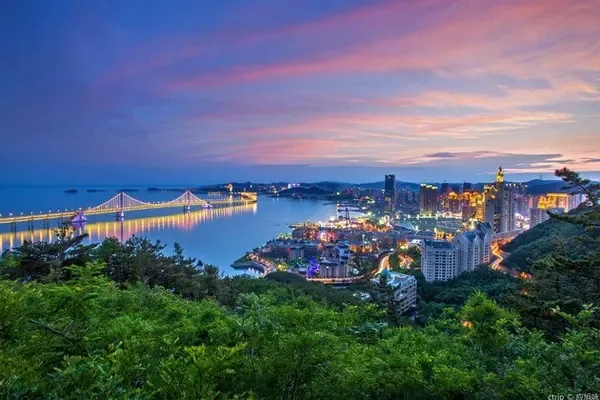If you need to [Go by yourself], or are already in Lhasa, you can choose a route that does not include round-trip transportation: For details, please click ☞local tour group









Tips you must know when you first enter Tibet:
【Answers to frequently asked questions about Tibet entry】 http://vacations.ctrip.com/notes/1806.html
[List of commonly used Tibet travel equipment] http://vacations.ctrip.com/notes/4931.html
[Tibetan folk taboos] http://vacations.ctrip.com/notes/2794.html
[Disclosure of children's prices in some scenic spots in Tibet] http://vacations.ctrip.com/notes/5534.html
Day 1: Take the train to Lhasa
Day 2: Admire the magnificent scenery of Tibet on the train
Day 3: Arrive in Lhasa
Time: Unlimited: The intercontinental oxygen supply room is a central oxygen supply, similar to the air outlet of the central air conditioner, and the oxygen supply can be started by pressing the indicator switch on the head of the bed (for the first time, you can ask the hotel staff to assist). The location is about 20 minutes' drive from the city, but the hotel has a complete dining service, and there are also a variety of takeaways around. If you need to go to the city to play, the taxi software is also very convenient. If you have any questions, you can also contact the dedicated butler for you Serve.
Day 4: Potala Palace_Jokhang Temple_Bajiao Street
Day 5: Namtso (if the road is blocked by heavy snow, you can visit Yangbajing + soak in the snowy geothermal hot spring instead)
Day 6: Lhasa - Tashilhunpo Monastery - Shigatse (apply for border defense certificate upon arrival)
Day 7: Shigatse_ pastoral soil forest_ Dingjie Wetland_Lhotse Peak Observation Deck_Dingri_Tashi Zongxiang
Time: 11:30: Go to the scenic spot Kanchenjunga (outside)
Kangchenjunga (Kangchenjunga, also often written as Kanchenjunga), also known as "Jinchengzhangjia Peak" and "Kangzhang Zhongge Peak", the peak name Kanchenjunga originally came from four words in Tibetan, usually translated as Kang-chen-dzo-nga or Yang- Chhen-dzo-nga means "five treasures in the snow" in Tibetan and Sikkim, which comes from its five peaks, and four of them are above 8,400 meters above sea level. Kanchenjunga is located at 88°08′48″ east longitude, 27°42′09″ north latitude, and 8586 meters above sea level. It is the third highest peak in the world. It belongs to the Himalayas and is located on the border between Nepal and India.
Time: 16:00: Activity time: About 10 minutes Great view of Lhotse Peak
Lhotse, the English name Lhotse, is 8516 meters above sea level, located at 27°57′42'' north latitude and 86°56'00'' east longitude. It belongs to the Himalayas and is the fourth highest peak in the world. Lhotse Peak means "southern mountain" in Tibetan, because it is located 3 kilometers south of Mount Everest, and there is a col between the two, which is commonly known as the "South Col". North of Mount Everest is Zhangzi Peak.
In Tibetan, Lhotse Peak is also known as "Dingjiexie Sangma", which means "blue and beautiful fairy". Bounded by the north ridge and southeast ridge of the mountain, its east side is in Qudang Township, Tingri County, Tibet Autonomous Region, China, and its west side belongs to the Federal Democratic Republic of Nepal [1] .

